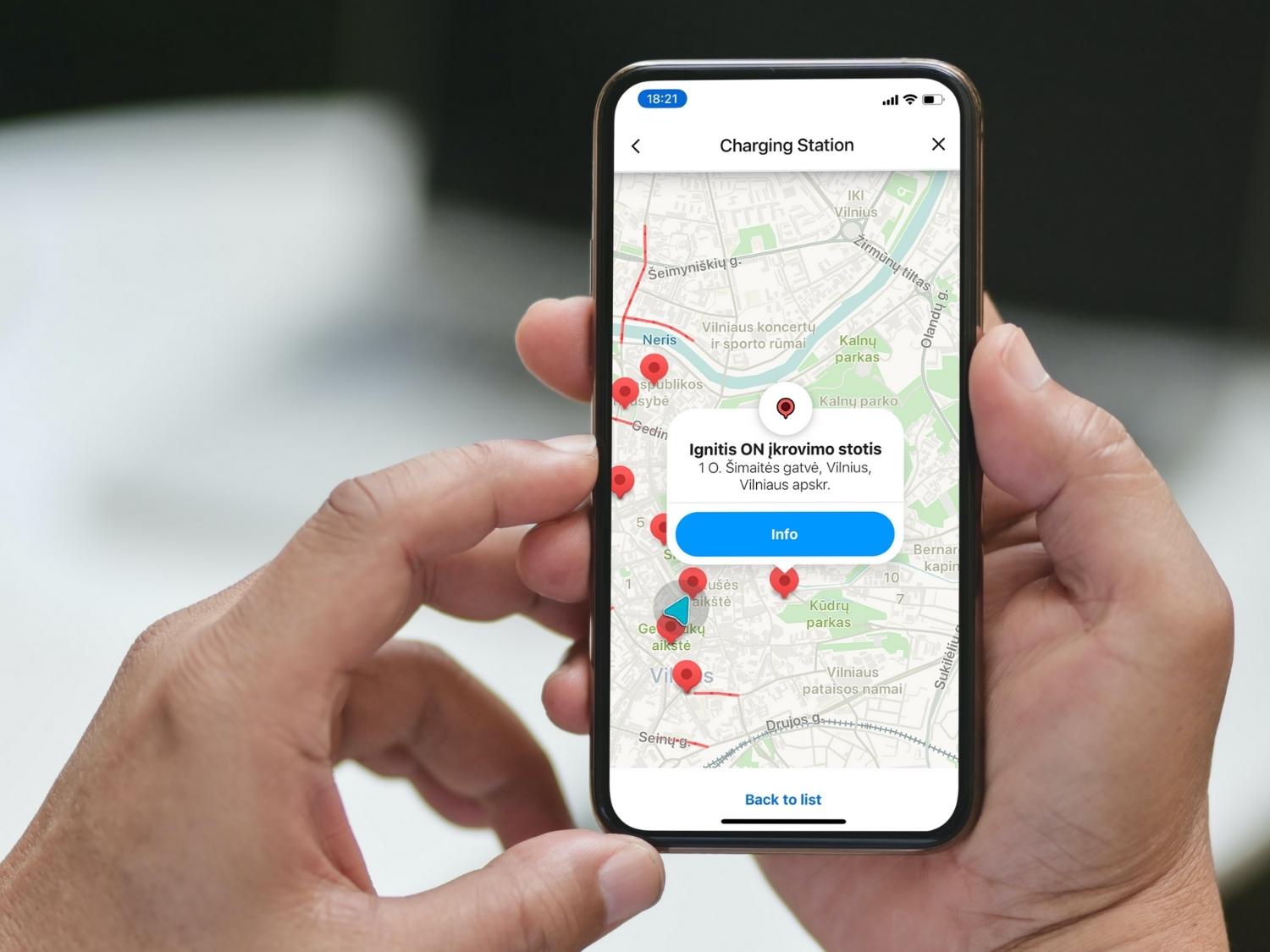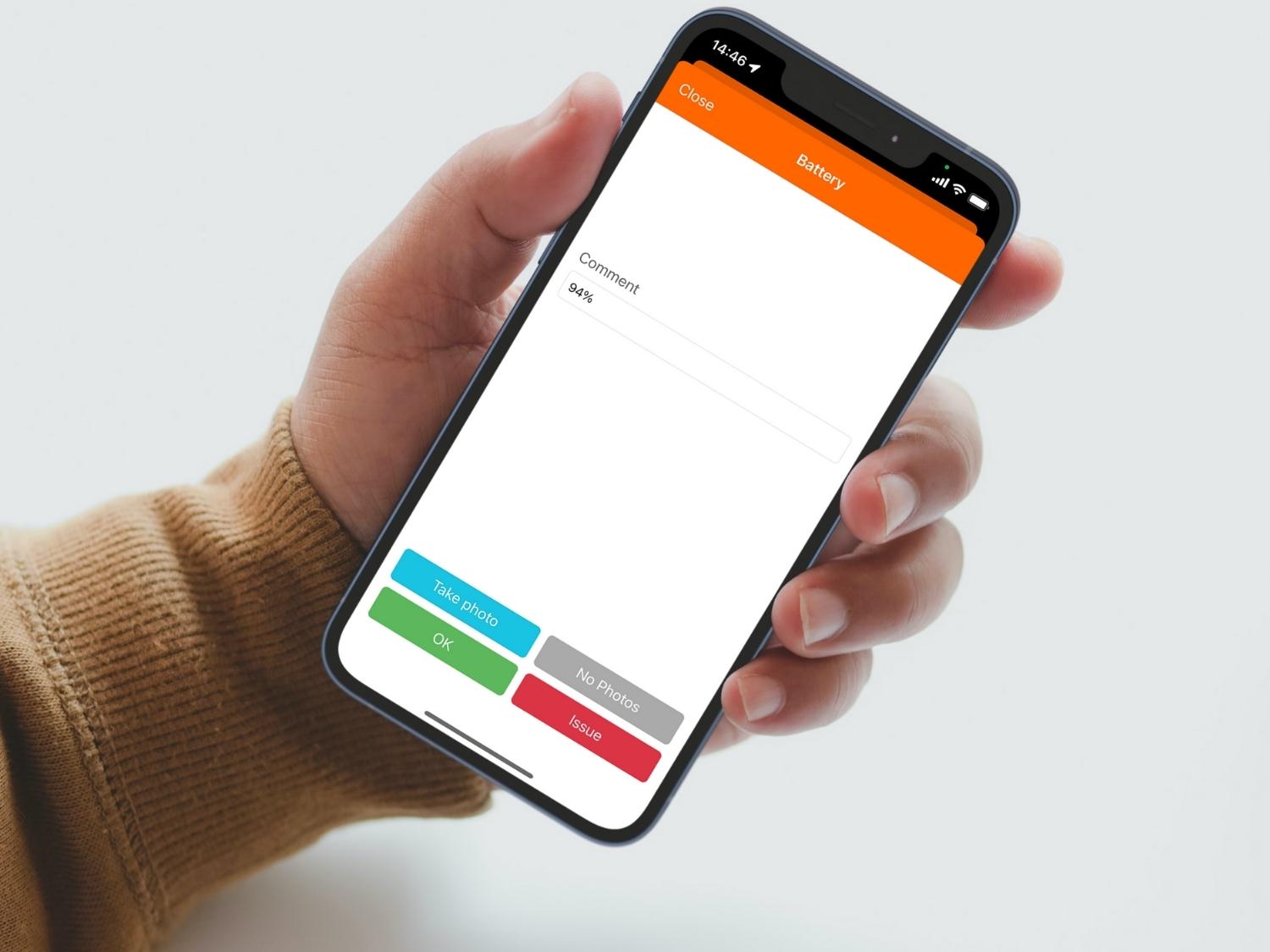Best Route Planning Software in 2025
This guide compares Track-POD, RouteManager, Circuit, and Upper, covering features, pricing, routing quality, and best-fit scenarios to help businesses choose the best route planning software for 2025.
Read More

Carbon neutral delivery is no longer the distant future it once was. Especially against the soaring fuel costs.
Just look at the growth in global electric car sales in 2021.
What it means for the delivery industry is that fleet electrification needs to happen sooner rather than later. And a lot of businesses are picking up on the trend.
The tricky part is, you can't treat an electric fleet the same way you treat gas trucks. Especially when it comes to EV delivery route planning.
In this article, we explore electric vehicle routing: tactics, strategies, and technical solutions you can implement for your EV fleet to never run out of charge on your delivery routes.
The problem with routing electric vehicles is that they need to be charged from time to time. Therefore, charging needs to be planned into the daily routes.
An electric vehicle can go as long as 637 km (396 miles) on one charge; however, this is not the case with most EVs. On average, an electric vehicle will last 313 km (194 miles) on a single charge.
Hence the range anxiety EV drivers experience.
Range anxiety in EV drivers is a common fear of running out of battery power while en route and not being in the proximity of a charging station.
Research suggests that as much as 50% of potential EV drivers experience range anxiety.
As a commercial electric vehicle driver, the anxiety is amplified by the need to deliver on time and in full, covering all stops along the route.
Minimizing range anxiety in commercial EV drivers is only possible with careful delivery route planning.
Let's see what kind of solutions and tactics you can use as a route manager to make sure your EV drivers make it to every customer location on time.

Routing any fleet of commercial vehicles involves using a route planner. Routing an EV fleet requires route planning and optimization software that offers features for electric vehicle routing.
Let's take a look at the features that power EV route planning. We'll be using Track-POD route planner as an example.
When planning delivery routes for electric vehicles, it's important to optimize all the dropoff locations considering the total distance the EV can go on one charge.
For example, Track-POD's route optimization algorithm lets you set the maximum distance each of your commercial vehicles can cover.
This way, the route planner will arrange delivery locations in a way that doesn't exceed the distance limit and your EV drivers can be sure they won't run out of power.
If your EV range is on the smaller side - e.g. 135 km - and you need to cover many delivery locations in one day, you can use route planning software that can build multiple routes per driver per day.
You can even set a charging station as a route start location and plan multiple daily routes for your EV drivers so that they can charge their batteries in time for every next batch of orders.
Because Track-POD offers all the best GPS apps inside its delivery driver app, your EV drivers can also get an overview of all charging stations in their proximity at any given point in the route.

Load/unload time is the time it takes for your drivers to get ready for their next route when they do multiple routes a day. As the name suggests, this routing feature was designed to account for loading cargo into the vehicle.
When planning electric vehicle routes with Track-POD, you can use this setting to account for charging stops. This way you can consider your EV charging times when planning deliveries with multiple routes for the day.
Vehicle restriction code is a Track-POD routing feature that allows you to only dispatch vehicles to certain areas, e.g. downtown. If you manage an EV fleet, you can use it to restrict where your electric vehicles can go.
For example, you can make sure there are charging stations in the area you assign to a vehicle. Similarly, you can make sure the EV won't be routed to go farther than the area that doesn't exceed the maximum distance it can go.
EV energy consumption can be tricky to understand and predict. For example, in colder climates, EV batteries will drain faster.
If your EV drivers use any of the electrical-powered features of their vehicles (heating, cooling, etc.), this also impacts how fast the battery will drain.
A solution for this would be Track-POD's speed ratio feature. When planning routes for electric vehicles in colder temperatures, you can lower the speed ratio knowing that an EV will cover fewer stops with the same mileage.
Track-POD vehicle check is a set of tools like the driver safety checklist designed for delivery teams that want to incorporate safety management and proactive maintenance into their daily workflow.
The idea is simple.
Because Track-POD vehicle checklist is completely customizable, you can add anything that is important for your drivers to keep in mind (e.g. disinfectant, gloves, etc.).
Most importantly, you can require your EV drivers to report on battery levels before every route start to make sure they have enough charge to cover all stops in the route.

Routing an EV trip comes with certain challenges. Routing a commercial EV fleet, meanwhile, comes with risks for the business and the customers expecting their orders.
Therefore, when considering fleet electrification or exploring routing solutions for your electric vehicles, make sure you get all the necessary features for minimizing range anxiety in your EV drivers.
If you'd like to see Track-POD EV routing solutions in action, book a free demo and we'll give you a tour.